Search the Special Collections and Archives Portal
Search Results
Hughes HK-1 Hercules photographs, 1945-1947
Level of Description
Scope and Contents
Materials contain photographs of the HK-1 Hercules, otherwise known as the "Spruce Goose" or the "Flying Boat," from 1945 to 1947. The photographs primarily depict the construction, transportation, and storage of the plane, but also include the first and only test flight of the HK-1 above Los Angeles Harbor in 1947. Howard Hughes designed the HK-1 as the world's largest plane, capable of transporting large quantities of U.S. military hardware and personnel. In 1947, under the program's new designation H-4 Hercules, Hughes had the plane transported from his factory in Culver City, California to Los Angeles Harbor. On November 2, he piloted the plane during its only test flight. The U.S. Air Force abandoned the controversial project, and Hughes was called to testify before the Truman Committee of the U.S. Senate to justify the use of government funds on a program that never succeeded.
Archival Collection
Collection Name: Howard Hughes Public Relations Photograph Collection
Box/Folder: N/A
Archival Component
Atkinson, Leonard A., proposed new residences Wyoming St., Boulder City, 1941
Level of Description
Archival Collection
Collection Name: Elmo C. Bruner Architectural and Real Estate Appraisal Records
Box/Folder: Box 09
Archival Component
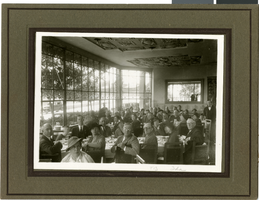
Photograph of Fleming and Ida Hubbard at J. C. Penney convention, Atlantic City, New Jersey, circa early 1900s
Date
Archival Collection
Description
Image
The New Atlantic City Convention Center Grand Opening, 1997 May 01
Level of Description
Archival Collection
Collection Name: MGM Mirage Records on Mandalay Resort Group
Box/Folder: Box 53
Archival Component
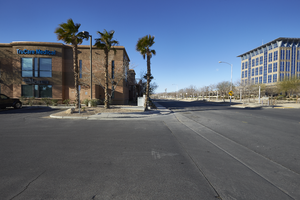
The TruCare Medical building on North McDaniel Street with City Hall, looking west in North Las Vegas, Nevada: digital photograph
Date
Archival Collection
Description
From the UNLV University Libraries Photographs of the Development of the Las Vegas Valley, Nevada (PH-00394). Part of the collection documents the entire 19 mile length of the north/south Eastern Avenue / Civic Center Drive alignment. This photograph was captured in the section of Civic Center Drive between Las Vegas Boulevard and Lake Mead Boulevard.
Image
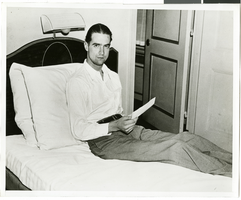
Photograph of Howard Hughes, 1936
Date
Archival Collection
Description
Image
Negative of Atlas Building new facade, Salt Lake City, Utah, undated
Level of Description
Archival Collection
Collection Name: Young Electric Sign Company (YESCO) Corporate Records
Box/Folder: Box 16
Archival Component
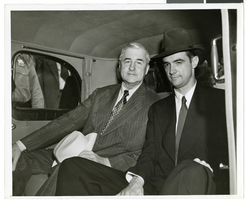
Photograph of Howard Hughes, 1938
Date
Archival Collection
Description
Image
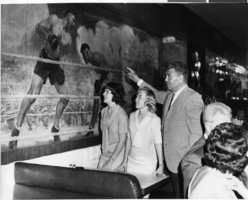
Photograph of two Las Vegas High School Rhythmettes and Jack Dempsey, New York City, June 1964
Date
Archival Collection
Description
Image
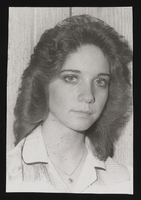
Susan Hall: photographic print
Date
Archival Collection
Description
Image
